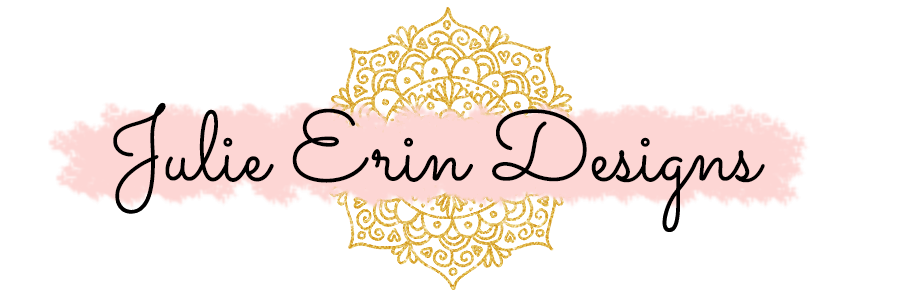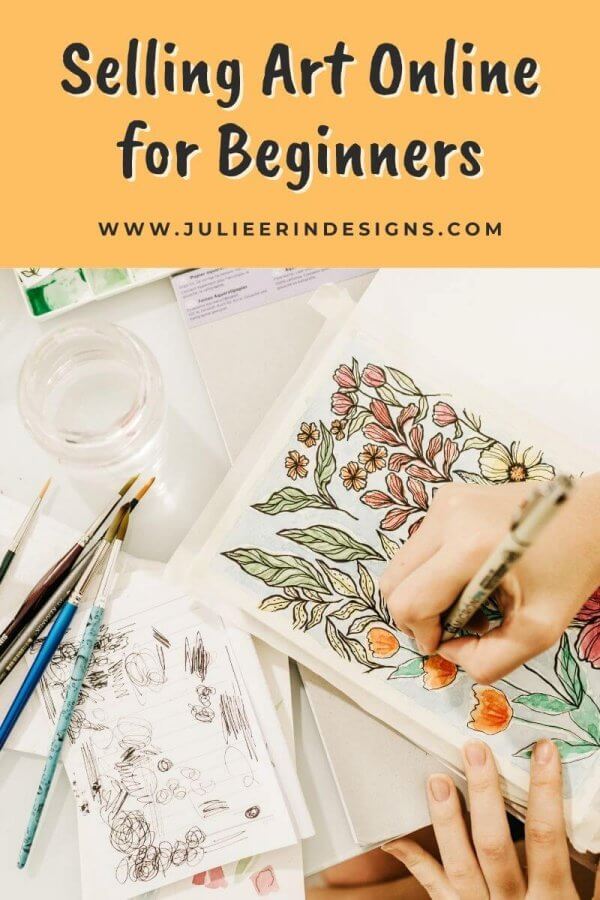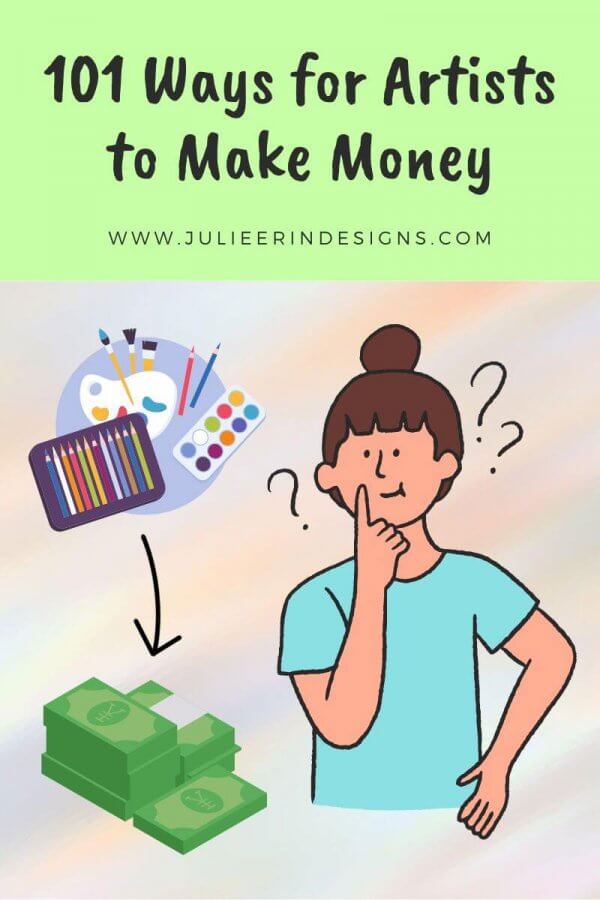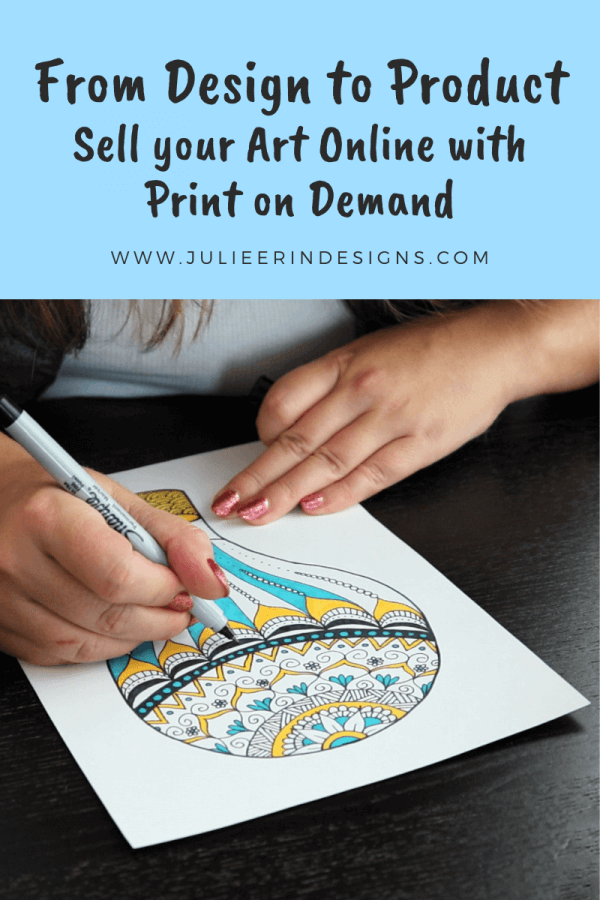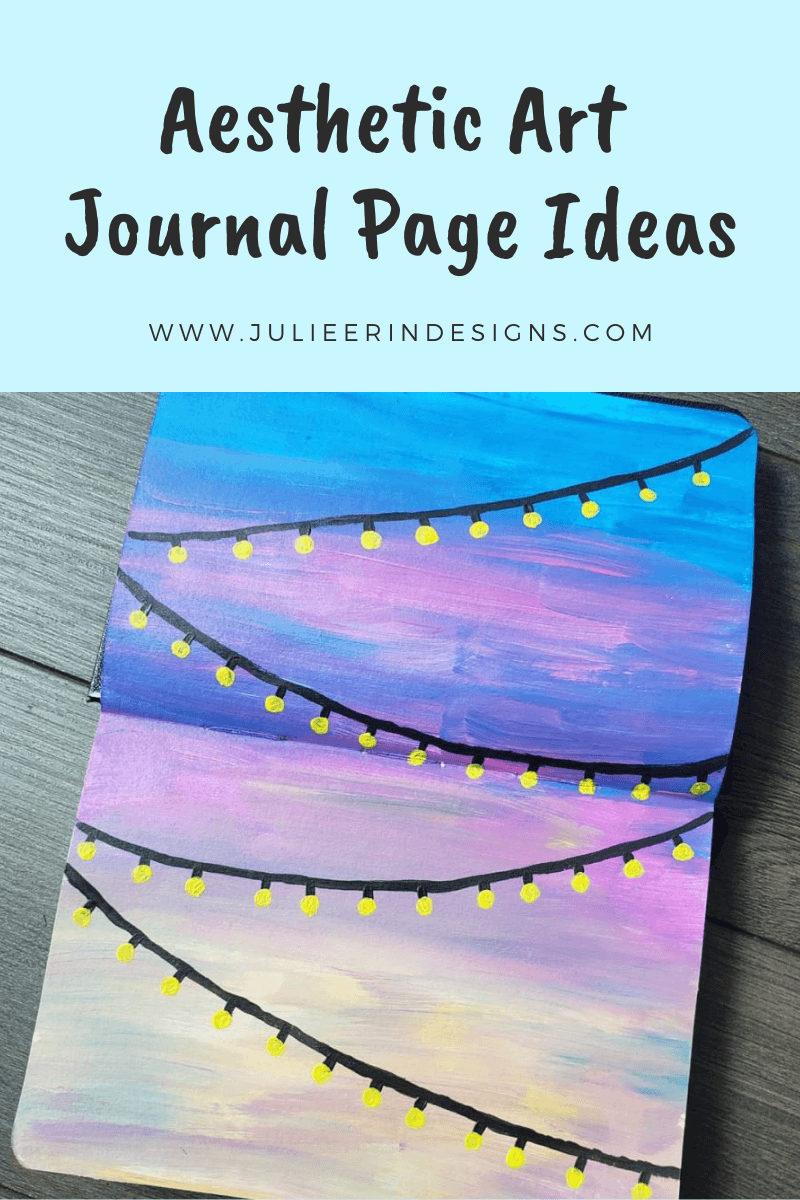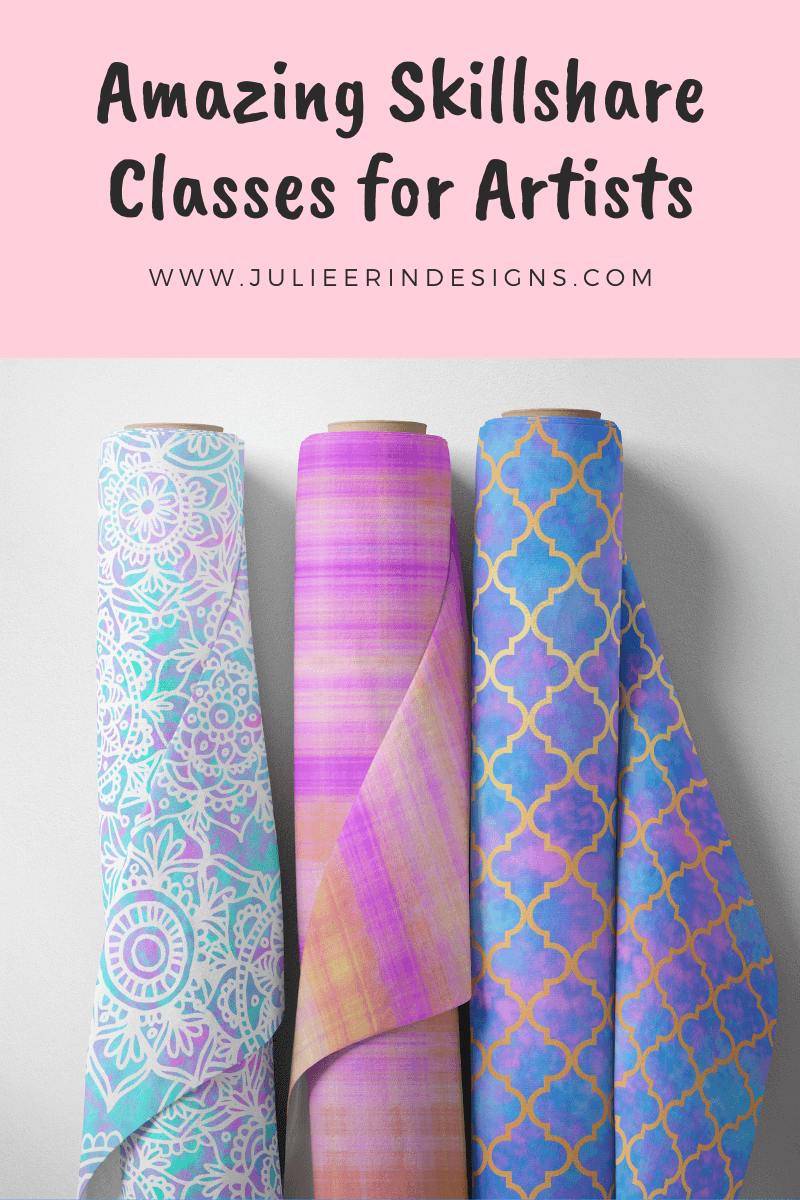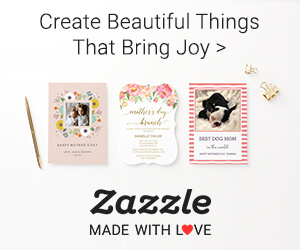In this post you’ll learn the basics of how to start an art blog along with tips, strategies, and content ideas for long term success.
watercolor
How to Write an Art Business Plan
Learn how to write an art business plan with this guide! From market research tips to financial planning tools, this post has you covered.
Selling Art Online for Beginners
Are you an artist who wants to start selling your art online? I’ve got you. Just follow the steps below to get started!
Top Tools and Resources for your Print on Demand Business
These are the top tools and resources for your print on demand business so that you can sell your art in record time.
101 Ways for Artists to Make Money – The Ultimate List
I’ve personally researched and compiled this list of over 100 ways for artists to make money. There’s something for everyone!
From Design to Product: Sell Your Art Online Through Print on Demand – My First Skillshare Class!
I’m so excited to share my first Skillshare class: Make Passive Income: Sell Your Art Online Through Print on Demand.
Aesthetic Art Journal Page Ideas and Inspiration
Are you looking for aesthetic art journal page ideas? I’ve got some aesthetic art journal page ideas and inspiration in this post.
Amazing Skillshare Classes for Artists
Today I’d like to share some amazing Skillshare classes for artists and creatives that I’ve personally followed and recommend!
I’m an digital artist, surface designer, and online educator from Vancouver, Canada.
I’ve sold thousands of physical and digital products worldwide through print on demand companies.
Through my online classes and blog, I teach other artists how to sell their own art online and turn their passions into a business they love.
Follow my journey:
Artist Resources
-
Sale!
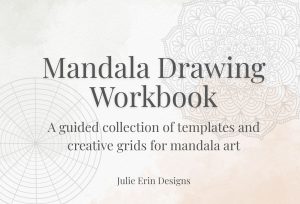
Mandala Drawing Workbook
Original price was: $9.00.$7.00Current price is: $7.00. -
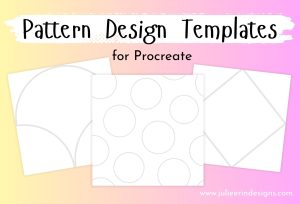
Pattern Design Templates for Procreate
$0.00 -
Sale!
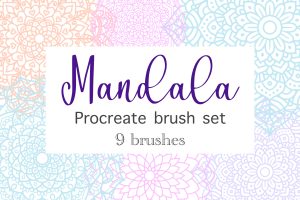
Mandala Procreate Brush Set
Original price was: $7.99.$3.99Current price is: $3.99. -
Sale!
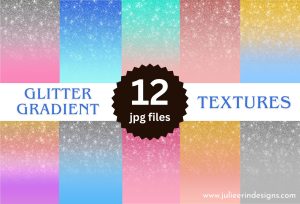
Faux Glitter Gradient Textures
Original price was: $5.99.$2.99Current price is: $2.99. -
Sale!
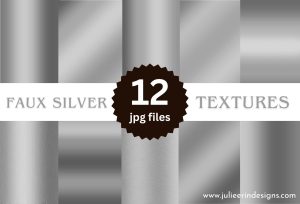
Faux Silver Gradient Textures
Original price was: $5.99.$2.99Current price is: $2.99. -
Sale!
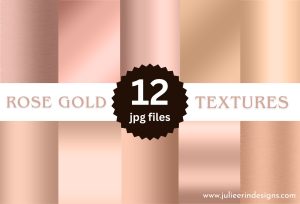
Faux Rose Gold Gradient Textures
Original price was: $5.99.$2.99Current price is: $2.99.
